Scientist and mathematician Dr. Theodore von Kármán was born on May 11, 1881, in Budapest, Austria-Hungary.
Kármán studied engineering at the Budapest University of Technology and Economics. He then went to Germany and earned his doctorate at the University of Gottingen. After graduating in 1908, he taught there for four years. It was while in Germany that he first saw an airplane and became interested in the physics of flying machines.
Kármán then took a job as director of the Aeronautical Institute at RWTH Aachen University. However, during this time he was called into service by the Austro-Hungarian Army to design an early helicopter during World War I. After the war, Kármán organized the first international conference on mechanics in 1922, leading to the founding of the International Union of Theoretical and Applied Mechanics.
In the 1920s, Kármán was invited to the US by Robert A. Millikan to offer guidance on a wind tunnel at the California Institute of Technology (Caltech). After that project was completed, he was invited to remain at Caltech and was offered the directorship of the Guggenheim Aeronautical Laboratory there. He later became a US citizen in 1936.
Around this same time, Kármán formed the Aerojet Corporation with graduate student Frank Malina and collaborator Jack Parsons to build JATO (jet-assisted takeoff) rocket motors. They also developed solid and liquid propellants. This work gained the attention of the US Army Air Corps, which offered them grants to work on rocket motors. In 1942, Kármán and other scientists formed the Aerojet Engineering Corporation to build jet engines. Kármán and others at Caltech then formed the Jet Propulsion Laboratory (JPL) to produce weapons systems for the Army. JPL later became a federally funded research and development center under contract with NASA.
After the war, Kármán was made the first chairman of the Scientific Advisory Group, which researched aeronautical advances for the US Army Air Forces. In the years to come, Kármán also helped found the Advisory Group for Aerospace Research and Development (AGARD) for NATO (1951), the International Council of the Aeronautical Sciences (1956), the International Academy of Astronautics (1960), and the Von Kármán Institute for Fluid Dynamics (1956).
Kármán’s work greatly influenced the development of the US aviation industry and pioneered research in aerodynamics that was critical to the US Space Program. His studies on aerodynamics helped the US achieve supersonic flight (flying faster than the speed of sound). Kármán’s contributions include a number of important theories relating to non-elastic buckling, unsteady wakes in circum-cylinder flow, turbulence, airfoils, elasticity, vibration, heat transfer, and more. His name is also tied to several concepts, such as the von Kármán constant (wall turbulence) and the Kármán line (the boundary between the atmosphere and space).
At age 81, von Karman became the recipient of the first National Medal of Science, bestowed upon him by President John F. Kennedy. He was selected for the honor “for his leadership in the science and engineering basic to aeronautics; for his effective teaching and related contributions in many fields of mechanics, for his distinguished counsel to the Armed Services, and for his promoting international cooperation in science and engineering.” He died shortly after on May 6, 1963. Five years later, the Theodore von Kármán Prize was created by the Society for Industrial and Applied Mathematics. The American Society of Civil Engineers also has a medal named after him and he’s been inducted into the International Air and Space Hall of Fame.
Click here to see what else happened on This Day in History.

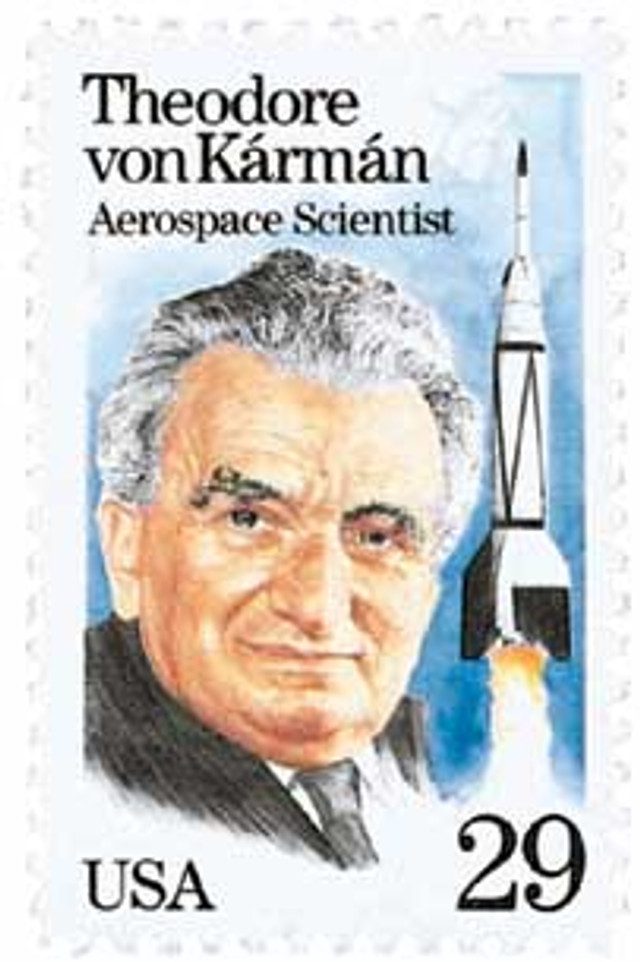
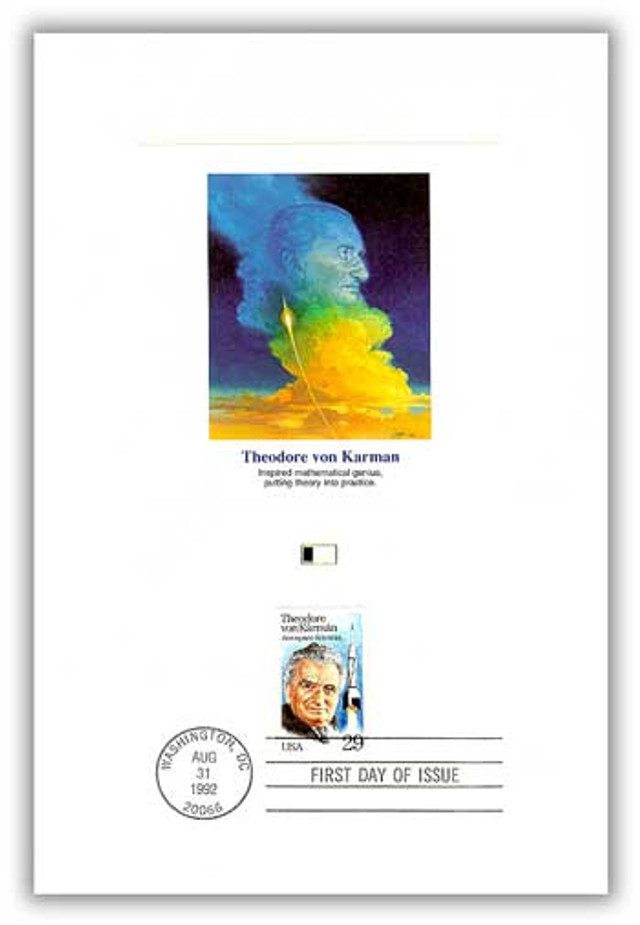
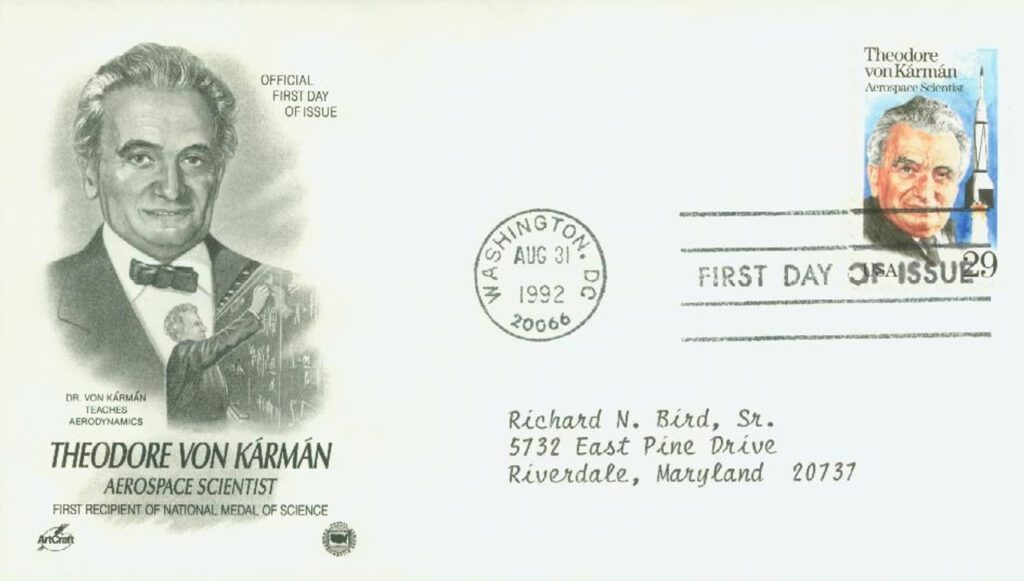
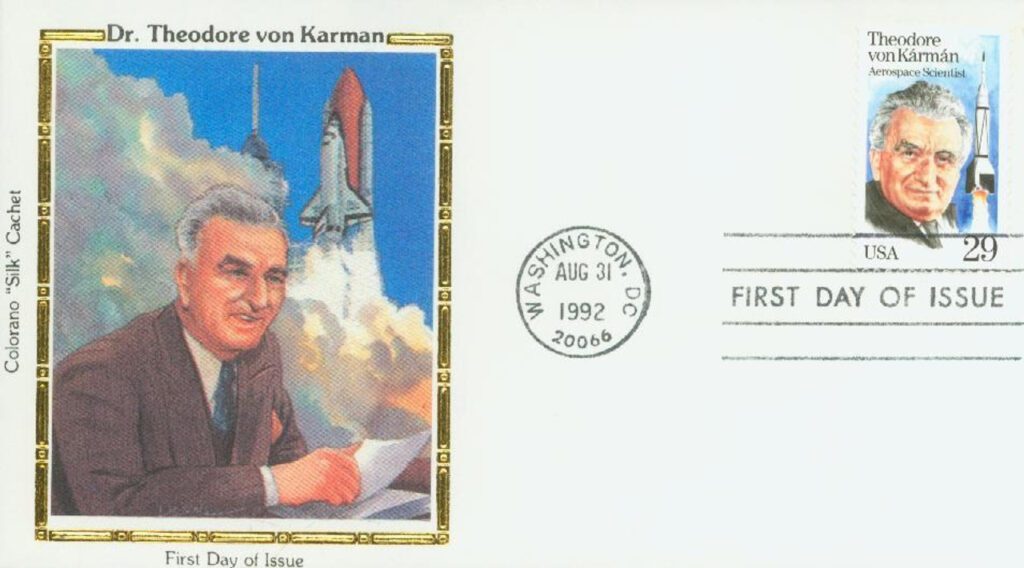

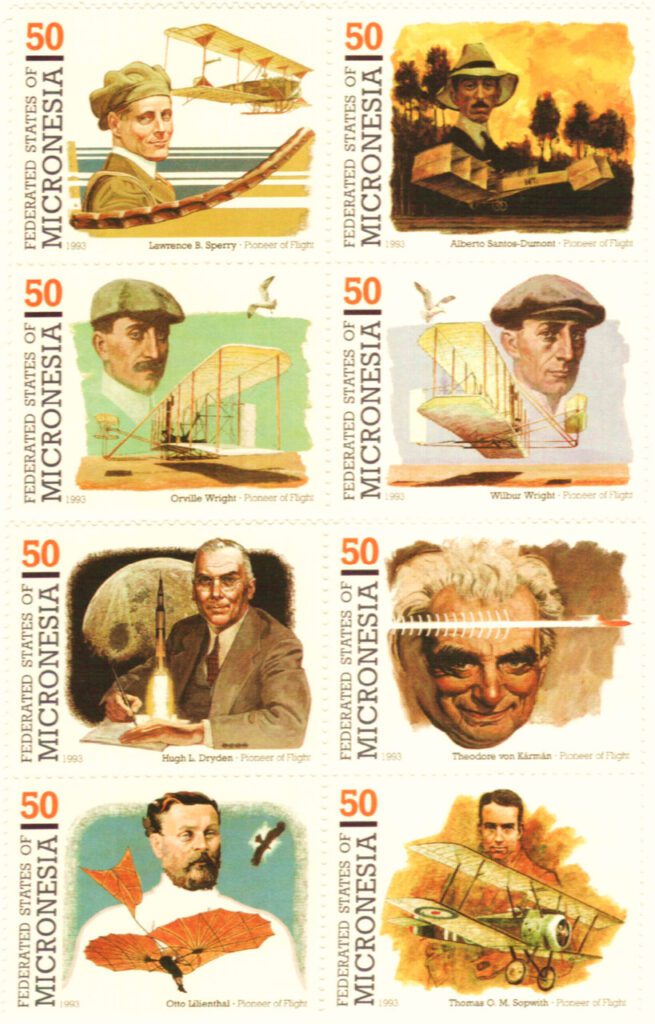
How in the world are the daily histories put together so well? The details are incredible. Must be a team effort. However it’s done, Thank you!
Agree!!!
Nice collection of memories of a very smart engineering man! 🪐